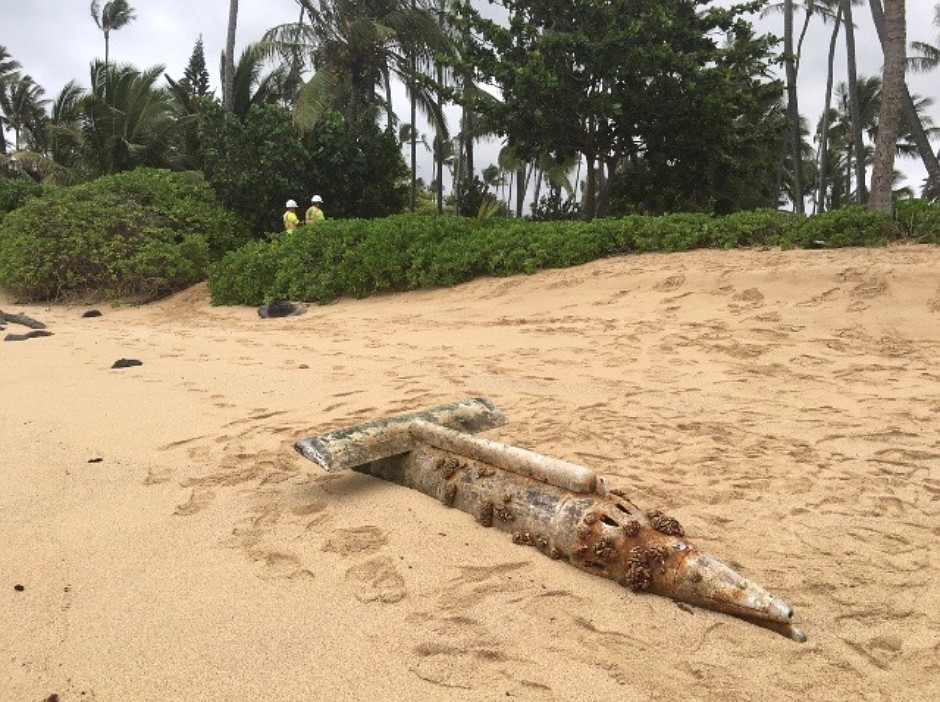
 This is not the sort of thing you expect to find washed up on a beautiful tropical beach. Looking deceptively like a bomb or small unmanned aircraft, the VBAU ‘Paravan’ communication buoy was a device towed behind Soviet submarines to allow them to communicate with their base without the whole submarine coming up to periscope depth. When not in use they were winched in to a small housing on the submarine’s back.
This is not the sort of thing you expect to find washed up on a beautiful tropical beach. Looking deceptively like a bomb or small unmanned aircraft, the VBAU ‘Paravan’ communication buoy was a device towed behind Soviet submarines to allow them to communicate with their base without the whole submarine coming up to periscope depth. When not in use they were winched in to a small housing on the submarine’s back.
This example, washed up on a Hawaiian beach in the last few days, must have been lost by its submarine many years ago, although judging by the marine life perhaps not too long ago.
The device was first posted on Reddit by user Whatisthisthing, where it caught the attention of resident Soviet/Russian submarine expert Vepr157 who quickly identified it.
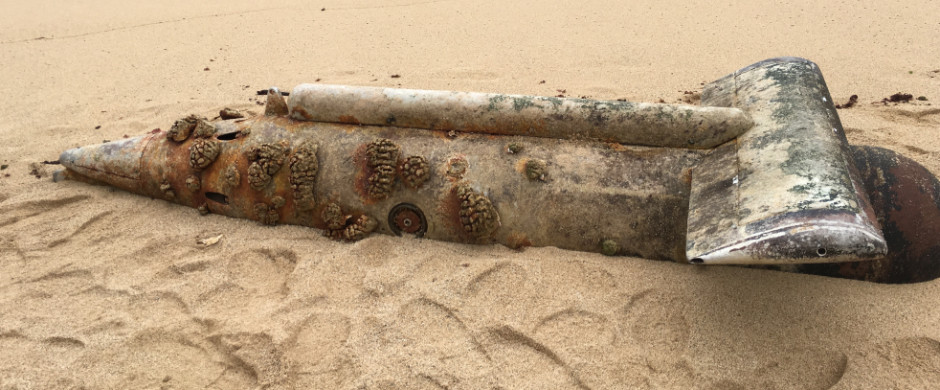
After the device was identified as a submarine's communication buoy, Whatisthisthing returned to take more photos. The buoy has now been turned up the right way, revealing the biplane configuration with aircraft like tail controls.
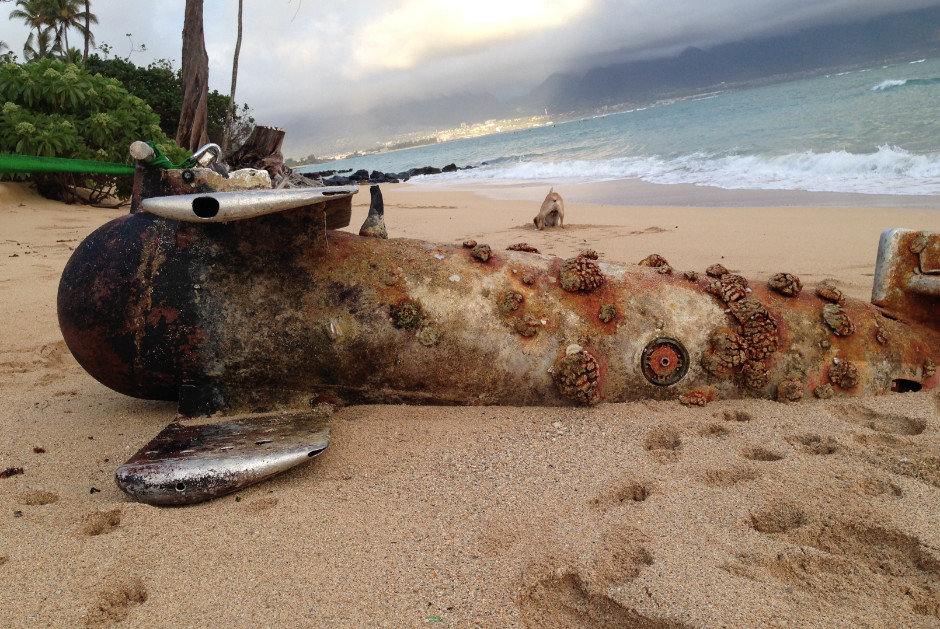
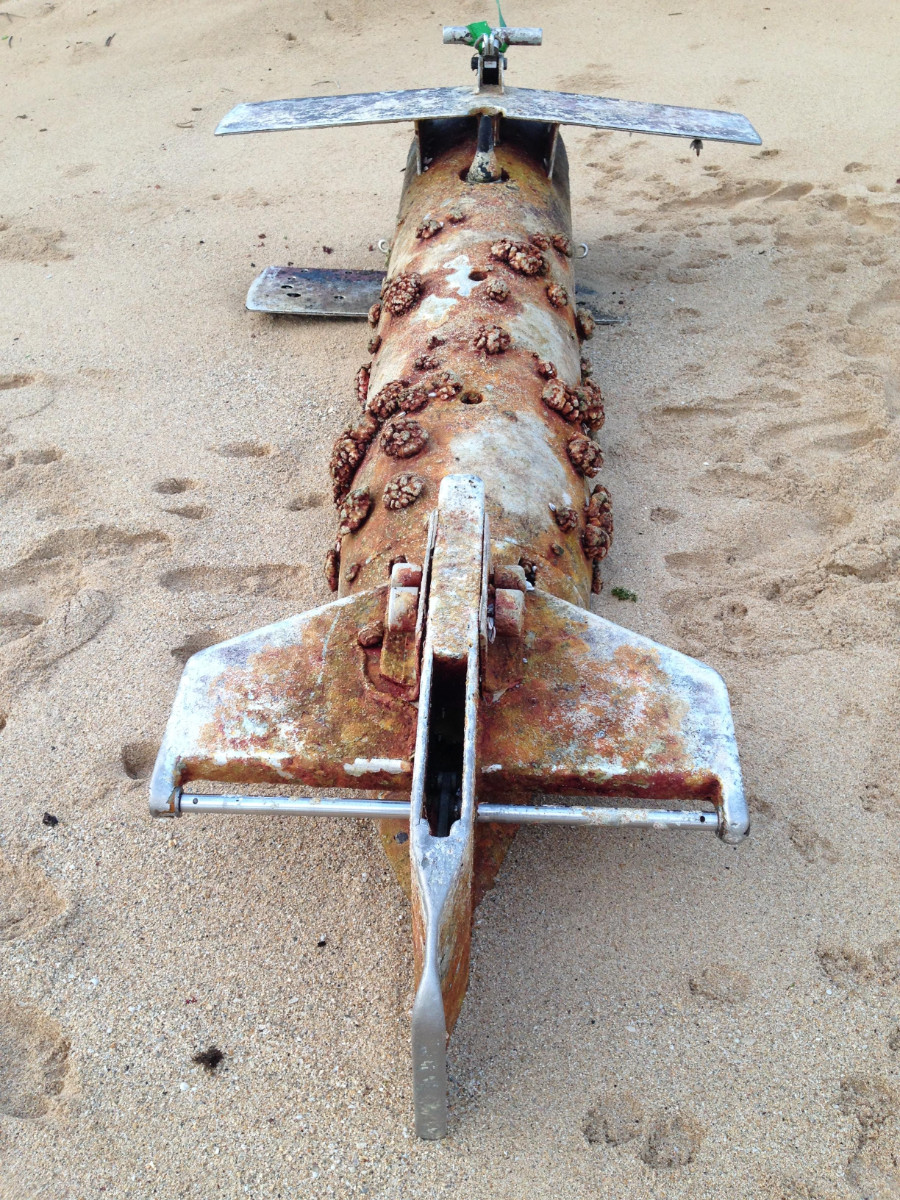
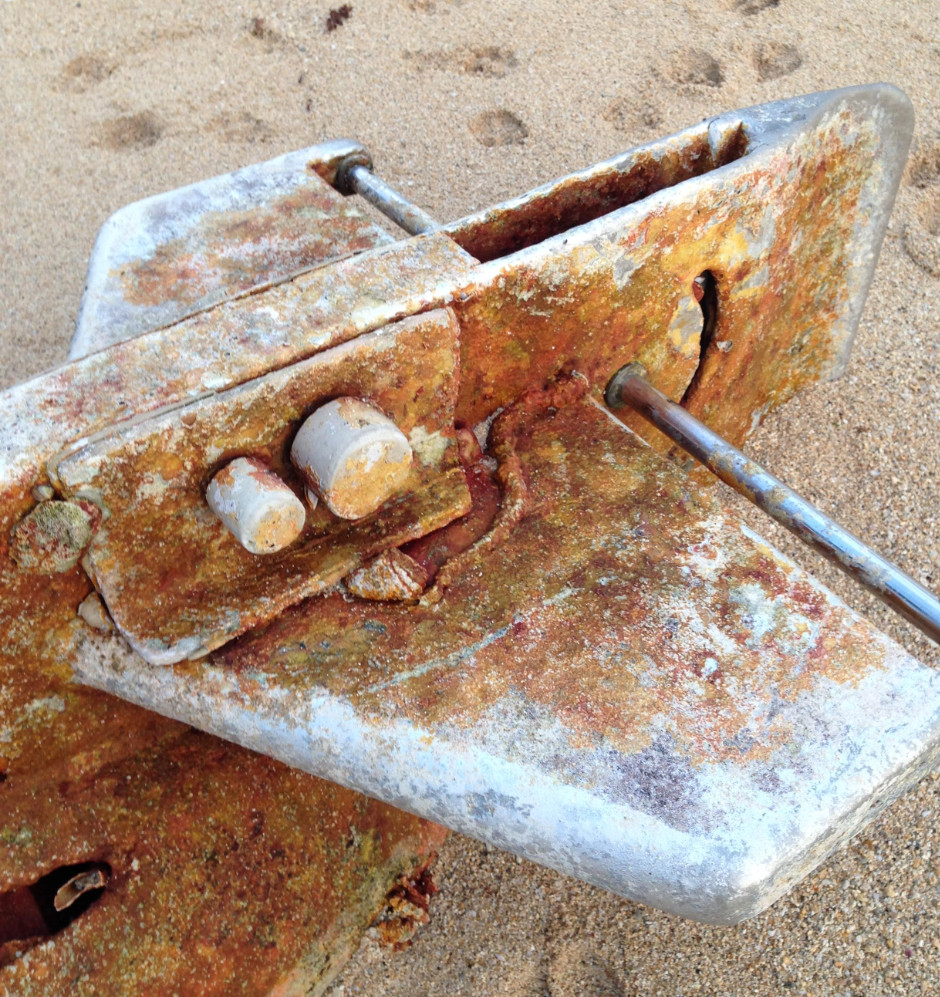
It is the first model of these 'catfish' devices and was fitted to Soviet ballistic missile submarines from 1968 onwards. Specifically, it was fitted to some GOLF Class boats, and then most/all YANKEE and DELTA-I classes.
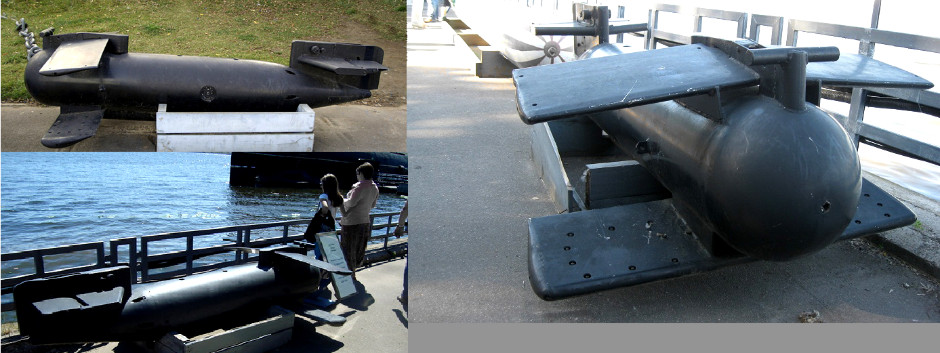
The mystery is which submarine this comes from, and when it was lost. It has attracted a lot of attention because its type and location (at first) appeared circumstantially linked to the famous disappearance of Soviet GOLF Class missile submarine K-129. The loss of this boat, and the CIA’s subsequent attempts to raise it (look up project Azorian, USS Halibut and Glomar Explorer) is the stuff of books and documentaries. Some of the material out there is inaccurate, even fanciful, but for good info you cannot go wrong with Norman Polmar and Michael White’s Project Azorian: The CIA and the Raising of the K-129 (Get it on Amazon). K-129 was a modernized GOLF class boat and some of those were fitted with the then brand new Paravan buoy in a housing near the stern:
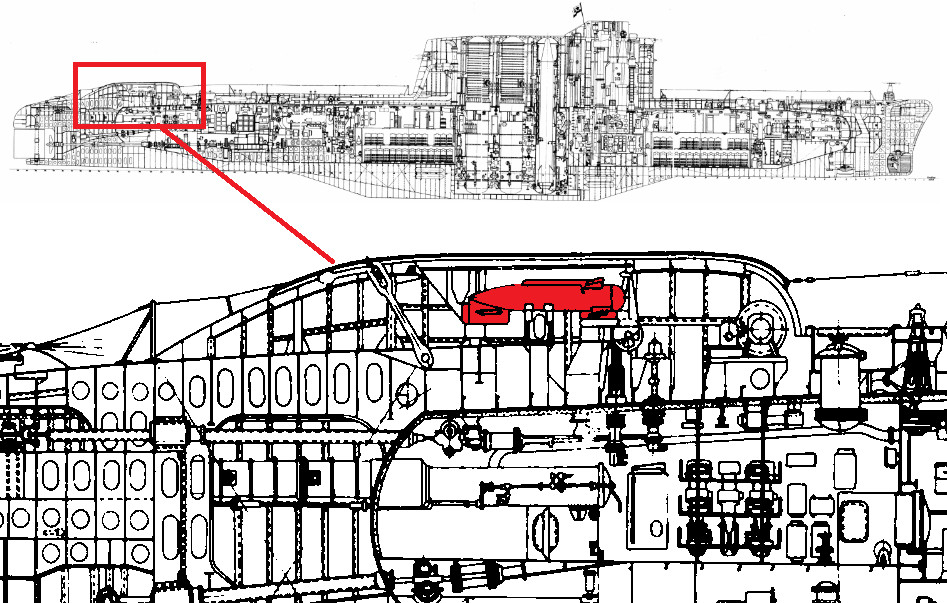
However, some experts point out that K-129 was the first boat modified to the new standard and was not actually fitted with this system, which joined the fleet after it was lost in March 1968.

It would have been historically interesting if the catfish had come from K-129, although exactly how it became detached before being crushed as the submarine descended to the ocean floor and broke up (the interior of the submarine was like confetti) is open to speculation.
However, it now does not seem likely that this device comes from K-129. It seems more probable that it was lost by a much later Soviet submarine, or even by the US Navy who may have acquired one. Hopefully we’ll soon know.
Either way this is a fascinating and unusual beach find, and I hope that it ends up in a museum so that it might capture the imagination of a future generation of engineers and submariners.
